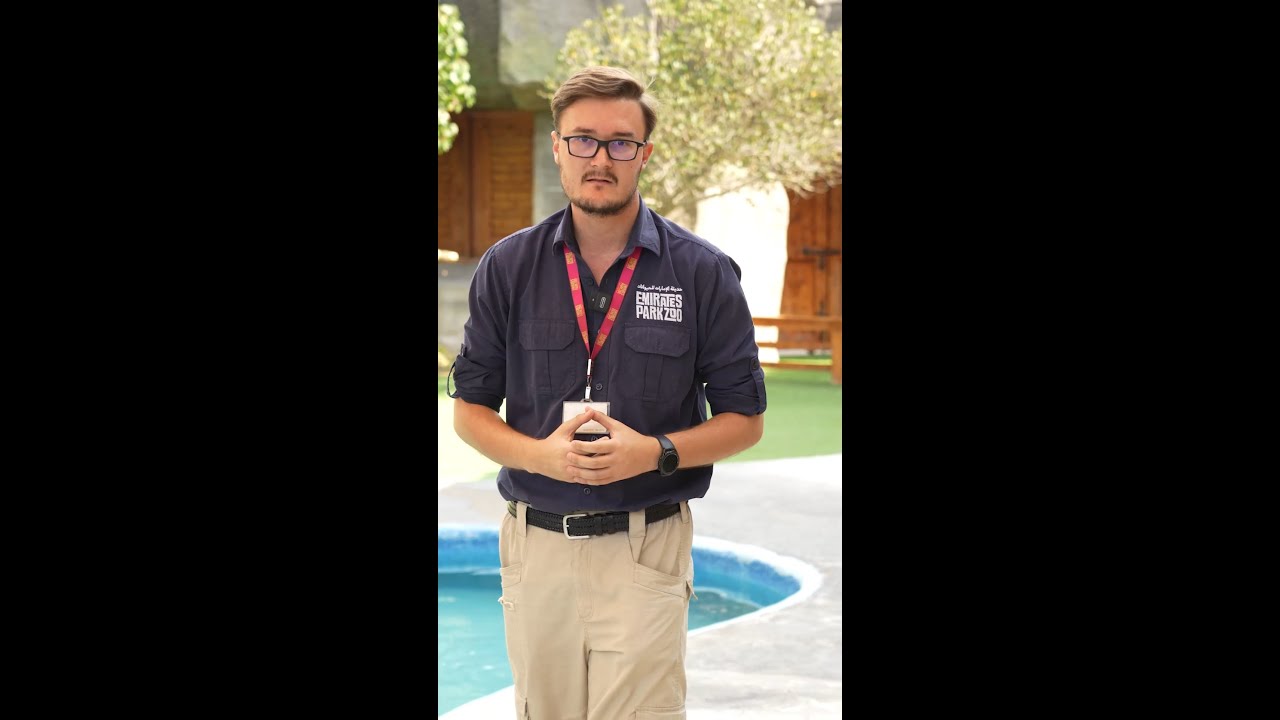- Exploration of the behavior and characteristics of seals, parrots, and dogs, providing detailed insights into each species.
- Examination of the habitats and ecological roles of seals, parrots, and dogs in various environments globally.
- Discussion on the conservation efforts and challenges faced by each species, highlighting current threats and successes.
- Impact of human activities on these animals and their ecosystems, with an emphasis on sustainable interactions.
- The significance of biodiversity and the interconnectedness of seals, parrots, and dogs to broader ecological systems.
Seals, parrots, and dogs represent three diverse groups of animals with distinct roles in their ecosystems. Each species exhibits unique behavioral and physiological traits that enable them to survive and thrive in different environments. Understanding these traits requires a comprehensive look at their biology and natural history.
Seals, members of the Pinnipedia suborder, include species like the harbor seal and the elephant seal, adapted to aquatic environments from frigid Arctic waters to temperate coastlines. They have streamlined bodies, which reduce drag in water, and a thick layer of blubber for insulation and energy storage. Seals exhibit remarkable behavior, such as deep diving, where they can reach depths of over 1,500 meters using oxygen stored in their muscles and blood. Coastal seals often haul out on land or ice to rest, breed, and molt. Conservation challenges for seals stem from climate change, which affects sea ice habitats, and human activities such as fishing, which lead to bycatch and competition for prey.
Parrots, on the other hand, are primarily found in tropical and subtropical regions, inhabiting rainforests, savannas, and grasslands. These birds are renowned for their intelligence, vibrant plumage, and ability to mimic sounds. Essential features like a strong, curved beak and zygodactyl feet help them forage efficiently and manipulate objects. Parrots play vital roles in their ecosystems as seed dispersers, contributing to forest regeneration. The greatest threats to parrots include habitat destruction, illegal pet trade, and invasive species. Conservationists focus on habitat protection and law enforcement to safeguard these birds’ future.
Dogs belong to the Canidae family, domesticated from wolves thousands of years ago. They now exist in a multitude of breeds, each with distinct traits selected for specific human-related tasks such as herding, guarding, or companionship. In the wild, ancestors of domestic dogs like the African wild dog exhibit pack behavior and complex social structures, important for hunting and survival. Human-canine relationships have profound impacts on ecosystems and societies. However, issues such as canine overpopulation and hybridization with wild canids pose risks.
Habitats greatly influence the survival and behaviors of seals, parrots, and dogs. Marine environments with sufficient prey and safe breeding grounds are crucial for seals. As the Arctic warms, pinnipeds face habitat loss, challenging their survival and reproductive success. For parrots, intact tropical habitats provide food and nesting sites. Deforestation and agricultural expansion threaten these birds, leading to population declines. Dogs, while adapting to human environments, affect wildlife through predation or competition, especially in areas where they become feral.
Conservation strategies for these animals require a multifaceted approach. For seals, efforts focus on marine protected areas and sustainable fishing practices. These measures can help reduce bycatch, allowing seal populations to recover. Parrot conservation prioritizes habitat restoration and combatting illegal trade through international treaties like CITES. Advocacy and education play a key role, highlighting the ecological importance of these birds. With dogs, promoting responsible pet ownership and sterilization programs can mitigate impacts on ecosystems and reduce shelter populations.
Human activity significantly influences the future of seals, parrots, and dogs. Industrialization, pollution, and climate change alter environments on which these animals depend. Reducing carbon emissions and adopting sustainable practices benefit seals by preserving ice habitats and maintaining ocean health. For parrots, consumer awareness can reduce demand for illegal wildlife products, ensuring these birds remain in the wild. In connection with dogs, community outreach and education foster coexistence with wildlife, integrating pets into conservation frameworks and urban planning.
Biodiversity holds immense value for ecological resilience. Seals, parrots, and dogs, though distinct, illustrate the interconnectedness of life systems. Seals contribute to marine food webs, influencing fish populations and nutrient cycling. Parrots, through their feeding habits, facilitate plant diversity and forest structure. Dogs offer human companions direct links to nature and enhance mental well-being. The balance between these animals and their environments underpins the overall health of ecosystems, emphasizing the need for continued conservation efforts.
Engagement with these animals supports broader ecological education and stewardship. Programs that involve citizen science or community-based conservation boost awareness and contribute to data collection essential for effective management. This participatory approach empowers individuals to appreciate and protect biodiversity, embracing a shared responsibility for planetary health.
In summary, seals, parrots, and dogs, with their varied ecological roles and unique characteristics, highlight the rich fabric of life on Earth. Their conservation is crucial not only for their survival but also for maintaining the planet’s ecological balance. Through responsible stewardship, we can protect these species for future generations, upholding the intrinsic value of nature and its intricate connections.
*****
Source Description
هل تساءلتم يومًا كيف نقوم بتدريب الحيوانات مثل أسود البحر المرحة، والببغاوات الذكية، والكلاب اللطيفة التي تم إنقاذها؟ السر يكمن في الثقة، والتعزيز الإيجابي، وجعل التجربة ممتعة ومثرية لها! 🦭🦜🐕
من تعليم الببغاوات التقاط الأشياء وتقليد الكلمات إلى توجيه أسود البحر أثناء الفحوصات الصحية، تعكس كل جلسة التدريب العلاقة الرائعة بين مدربينا وحيواناتنا. 💕
Ever wondered how we train animals like our playful sea lions, clever parrots, and adorable rescue dogs? It’s all about trust, positive reinforcement, and making the experience enriching for them. 🦭🦜🐕
From teaching parrots to fetch and mimic words to guiding sea lions during health checks, every session highlights the incredible bond between our trainers and animals. 💕
#EmiratesParkZoo #WhereMemoriesAreMade #ZooFun #AnimalEncounters #WildlifeHeroes #AbuDhabiAdventures
#تدريب_الحيوانات #رعاية_الحياة_البرية #حديقة_الإمارات_للحيوانات #مغامرات_الحديقة #تفاعل_مع_الحيوانات #تعليم_الأطفال #ذكريات_لا_تنسى #مرح_عائلي


